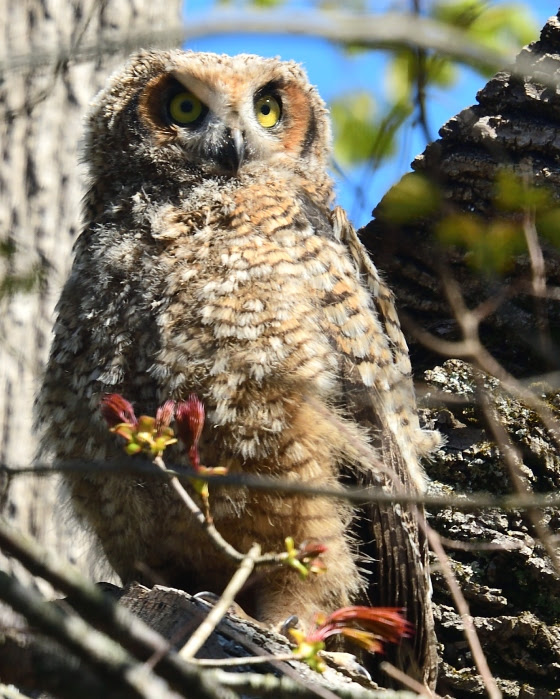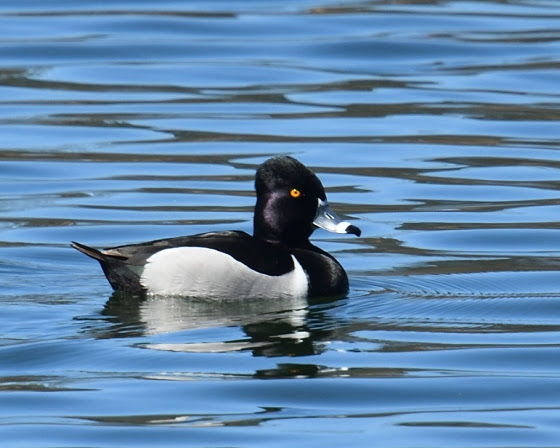Winter Abbreviated
Article and photos by Joe Mish

Imagine a door with twelve windowpanes, each frame a portal into a month of the year, and every time you turn away and look back, the scene changes. Some views, in a series of glances, stand out out more than others, and from that subjective perspective we link an emotion to an image that is different from anyone else’s interpretation.
This perfectly describes how the impression of each month and season is characterized in our mind.
The image of each month has been generalized to create a static image to establish its collective reputation. December is always dark and snowy, July is always hot and dry, while February is portrayed as a full month of winter, a time of hibernation, deep snow and howling wind. February becomes an abbreviated but intense survival test where only the strong survive. Sometimes February’s visit is tempered with warm weather and no measurable snow. So, having been visited by February each year of our life, what image appears in our mind when we think of February?
Reality is that each month demonstrates a flexibility in the character it portrays and together with the rest of the cast, summarizes that season’s show. A back up actor follows the same script, while using nuance, expression, and timing to elicit audience reaction. A Broadway play is always a different experience with a new lead actor.
Our impression of the month, yet to unfold, is really artistic expression. Each person who peers through the portal of February sees that view differently. Barely tolerable to some, this mid-winter month represents a never ending imprisonment in darkness and cold. Stripping away the emotion, February delivers a full hour and seven minutes of daylength in just twenty-eight days to flood the earth with light and shrink the long shadows that grew in the low winter sun.
The bright light of sunshine forces the darkness into retreat to make legible an early promissory note, guaranteeing the arrival of spring twenty days after February’s departure.
The leafless gray brown stands of trees, as seen in the distance as muted vertical brush strokes, now wear a dark maroon veil as color seeps from emerging buds to signal change is in the air. The increasing daylength promotes the flow of energy in the form of sugary sap to awaken the buds and give them their burnished blush. Freezing nights halt the flow of sap which resumes when the daytime temperature rises above freezing. Ice shrouded fine tree branches hanging just above the surface of the river are often broken during strong winds and by large shards of ice and debris carried downstream by raging flood waters. The broken ends drip with concentrated sugary sap and form long icicles during the cold night to provide a passing paddler with a sweet icy energy boosting treat.
Among the treetops, bald eagles and great horned owls are incubating eggs or brooding hatched chicks. Winter is now well aware its days are numbered when new life appears despite the inexhaustible supply of cold, snow and ice that remain in winter’s armory. Live eagle cams make it possible to watch a brooding eagle, covered with snow, faithfully await an early morning exchange with its partner. Both parents share brooding, feeding and incubating responsibility as they defy the threat of winter’s oppressive cold that stands opposed to emerging life.
Bird migration is well underway in February to brighten the stark frozen landscape, soon to be liberated by planetary position and tilt of the earth in relation to the sun. Brilliant colored warblers and waterfowl are the first to journey north to summer breeding grounds. Blue and green wing teal, ring neck ducks mingle with winter holdovers who are herded short distances by the vagary of unfavorable local weather. Small flocks of boldly colored male warblers light up the dull landscape and foliage as bright as a string of multicolored miniature lights hidden within the branches of a Christmas tree.
February fights a losing battle as the walls of a depleted winter fortress begins to crumble and the month surrenders days in frustration to become the shortest month of the year.
Though February is devoted completely to winter, it cannot conceal the increasing daylength nor suppress the awakening of life that begins before winter can exit the stage.

Author Joe Mish has been running wild in New Jersey since childhood when he found ways to escape his mother’s watchful eyes. He continues to trek the swamps, rivers and thickets seeking to share, with the residents and visitors, all of the state’s natural beauty hidden within full view. To read more of his writing and view more of his gorgeous photographs visit Winter Bear Rising, his wordpress blog. Joe’s series “Nature on the Raritan, Hidden in Plain View” runs monthly as part of the LRWP “Voices of the Watershed” series. Writing and photos used with permission from the author. Contact jjmish57@msn.com.
